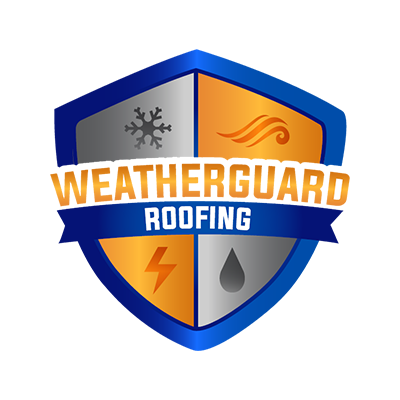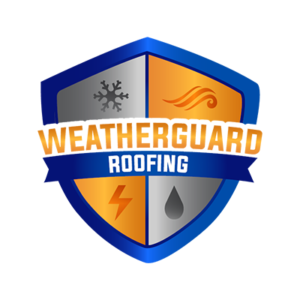Frequently Asked Questions Answered
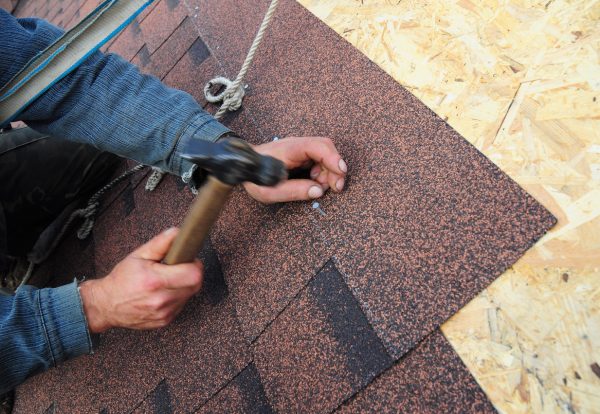
The most common shingle color for a roof is black. Asphalt is naturally black in color and asphalt shingles are one of the most popular choices for residential roofing. But shingles come in a variety of colors, allowing you to customize your home’s appearance.
A roof is a large investment in your home. If you’re going to replace your roof or if you’re putting a roof on a newly constructed home, take the time to think about color choices and find something that will give your home a unique look.
Factors to Consider When Choosing Roof Shingles
Before you choose a roof shingle color, consider the following criteria and prioritize them by importance to you.
- Energy Efficiency. Traditional black asphalt shingles are designed to reflect sunlight away from your roof. Even so, the darker the color of your roof, the more heat it will collect. In colder climates this can be a benefit, but in warmer climates it is not as energy efficient when it comes to cooling your home. Lighter colors can be beneficial during the hot summer months.
- Homeowners Association Covenants. If you live in a neighborhood with a homeowners association, there may be covenants or bylaws that dictate what color shingles you can have on your roof, and even what type of roofing materials you can use. Be sure to check with your HOA before choosing and installing new roof shingles. You may need to submit a sample for approval.
- Your Siding or Exterior Color. The exterior color of your home may help determine what color roof you should choose. If you are keeping the existing color, be sure to choose a shingle color that will complement it. If your exterior will also be new, choose colors what work well together between your siding and shingles. A home design expert can help you choose colors that will work well together if you are unsure.
- Budget. Basic black asphalt shingles are typically the most economic choice. But other colors of asphalt shingles are often comparable if they are available. The biggest difference in cost is between asphalt shingles vs other materials. If you’re going with asphalt, you’ll find that most shingles come in a variety of colors at the same price.
- Real Life Appearance. Take some time to drive or walk around and look at homes with different colored roof shingles. Compare the exterior color and the roof color to determine what combination you like and whether or not it would look good on your home. Try to find homes that are similar in style to your home as well. For example, a shingle color that works for a Dutch colonial home may not work for your modern-style home.
- Time of Day. Shingle colors look different in varying light. Compare your shingle colors in the morning, at noon, in the afternoon, and even at night. Make sure you still like the color at every time of the day.
Find a Roof Contractor Who Offers a Variety of Options
If you want a variety of colors to choose from when it comes to your new roof shingles, be sure to find a roofing contractor who offers that. Some budget roofing companies may only use the same black asphalt shingles on every home. Ask any roofer before you hire them what color options they can provide. They will likely have a brochure or color samples you can choose from. If you don’t see the color you have in mind, ask them if they can get other options. Don’t be limited by your roofing contractor.
Choose from a Variety of Colors and Styles with Weatherguard Roofing
At Weatherguard Roofing, we understand your desire to express your unique style when it comes to your home, which is why we offer a variety of options for you to choose a roof shingle color that suits your taste. We can discuss the pros and cons of your potential choices to help you decide on the best one. Our design experts can offer you style and color tips as well to ensure you choose an aesthetically pleasing combination.
Contact us today to schedule a free estimate. We look forward to providing you with a stylish and functional new roof.
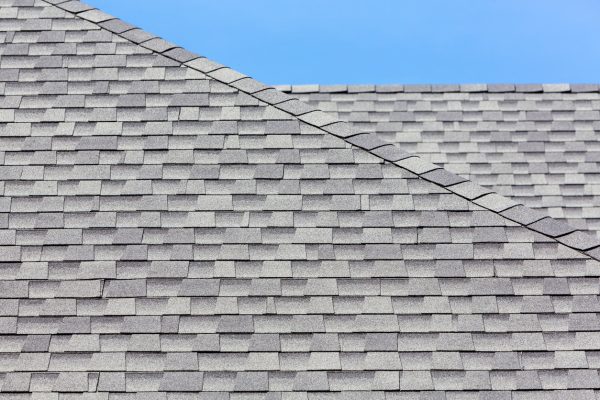
Roof replacement is a fairly large home improvement project. But when your roof is aging or damaged it needs to be replaced before it leaks and causes significant damage to your home. If you’re in need of a new roof, you should know that there are different types of shingles to consider.
The most common types of shingles are architectural and 3-tab shingles. Both are made of asphalt with a fiberglass backing, but that is where the similarities end. There are many differences between the two types of shingles to consider when planning your roof replacement project. Here’s what you need to know when it comes to architectural shingles vs. 3-tab shingles.
Factors to Consider When Choosing Shingles
When choosing between these two types of shingles, you should consider the following factors in your decision:
- Upfront cost. This refers to how much you will pay for the shingles as part of your total roof replacement cost.
- Long term cost. How long the shingles will last before needing to be replaced.
- Wind resistance. Shingles are rated to withstand certain mph winds depending on their type.
- Warranty. Different shingles come with different warranties from the manufacturer.
- Aesthetics. Consider how the shingles look for style and curb appeal.
Characteristics of 3-Tab Shingles
3-tab shingles are typically the economic choice. They are lower in cost per shingle than architectural shingles, providing you with a lower upfront cost for installation. However, as you may imagine, they don’t have as long of a life expectancy as more expensive shingles. This also means they come with a shorter warranty. 3-tab shingles are thinner and lighter than architectural shingles, making them less wind resistant. They are uniform in size and shape and lay flat against the roof.
Characteristics of Architectural Shingles
Architectural shingles are thicker and heavier than 3-tab shingles because they consist of multiple layers of material. They are also called dimensional shingles because they don’t lay flat. Their shape offers a more stylish appearance. They can even be made to resemble cedar shakes or slate. Architectural shingles cost more up front, but they can last twice as long as 3-tab shingles. Their weight and durability provides a greater wind resistance and they typically come with a longer warranty.
Which Type of Shingle Should I Choose?
The best type of shingle for your roof replacement project depends on your goals. If you want a quality roof that will stand the test of time, architectural shingles will provide you with the longevity you desire. If you need a new roof but want to save money now, 3-tab shingles may be the better choice. Ask yourself these questions:
- Am I investing in a home I plan to stay in? If you are in your forever home, or at least a home you plan to spend the next decade in or longer, it may be worthwhile to pay more for architectural shingles.
- Am I planning to sell my home in the near future? If you are replacing your roof just to make it sellable or you plan to sell in the next few years, you may want to save money now and purchase 3-tab shingles.
- Do I live in an area where high winds are common? If you live in an area that is prone to high winds or severe weather, architectural shingles will hold up better.
- Are you fixing up a home for resale? More commonly known as flipping, if you purchase homes with plans to fix them up and resell them, the economic 3-tab shingles are a cost effective choice that will improve your bottom line.
Weatherguard Roofing Repairs and Replaces Roofs with All Types of Shingles
Whether you need a few shingles repaired or a whole new roof, Weatherguard Roofing provides a variety of shingles to choose from. We can match your current shingles for repairs and offer recommendations on what type of shingles would be best for your roof replacement. In addition to the manufacturer warranty on your shingles, we offer a workmanship warranty on our repairs and installations.
Contact us today to request a free estimate. We look forward to providing you with quality roof repair or replacement.
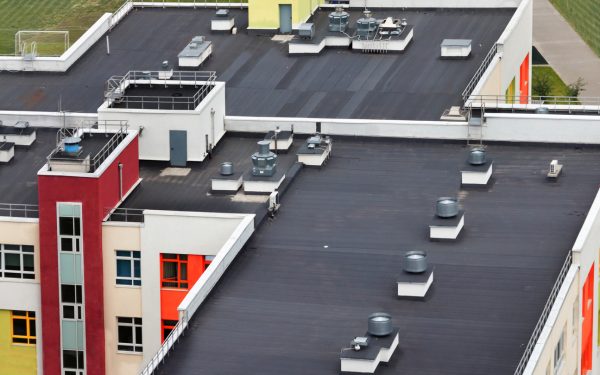
Flat roofs are common on commercial buildings because they are cost effective and easier to access for repairs and maintenance than sloped roofs. Some homes have flat roofs for architectural or style purposes.
If your building or home has a flat roof, you may be wondering: how long does a flat roof last? Is it time for maintenance, repair, or replacement? Here’s how long you can expect your flat roof to last and how to get as many years out of it as possible.
Average Lifespan of a Flat Roof
On average, a flat roof can last for 20-30 years. Not all flat roofs will last even 20 years and others may last even longer than 30. It’s difficult to assign a specific number of years to it because the actual lifespan of an individual roof varies due to a variety of factors.
Factors That Affect the Lifespan of a Flat Roof
How many years you get out of your flat roof will depend on the following:
- Maintenance. Regular maintenance can extend the lifespan of a flat roof by a decade or more. Flat roofs are more susceptible to leaks, which is why they need periodic resealing and patching. It is also important to check that the roof is draining properly and that drains are not blocked by leaves or debris. Low spots where water collects need to be leveled out. A flat roof should be inspected every few months and repaired or cleaned if necessary.
- Quality of construction. One of the biggest factors in the lifespan of a flat roof is the quality of the original installation. If a flat roof is professionally installed by a skilled roofing team, it has the potential to last longer than a roof that was not properly installed.
- Seal coating. A flat roof requires a seal coat to prevent leaks. There are many different types of seal coating, but some are better quality than others. The quality of your seal coating will determine how long your roof lasts and how often it needs to be resealed.
- Weather. The weather in your area will affect the lifespan of your roof. Extreme temperatures, direct sunlight, rain, snow, ice, and hail will all have an impact on your flat roof, potentially wearing it out faster or causing damage.
- Effective drainage. One of the most important factors in the lifespan of a flat roof is proper drainage. Moisture needs to be able to run off and drain away from the house or building. Sitting water will eventually cause low spots, rust, and leaks. As long as the drainage is set up correctly during installation it will usually drain effectively. But drains can occasionally get blocked or clogged causing problems. Regular roof inspection can prevent drainage issues from leading to severe damage.
The Importance of Periodic Maintenance for your Flat Roof
How long does a flat roof last? The equivalent of the amount of effort that is put into its upkeep. A common thread with the above factors is the importance of frequent maintenance. Professional roof maintenance involves a thorough inspection of your roof to identify any potential problems. The sooner a problem is detected, such as pooling water or a blocked drain, the sooner it can be repaired or remedied to prevent further damage. Regular roof maintenance can save you a lot of money and allow you to get the maximum number of years out of your roof.
Weatherguard Roofing Provides Maintenance, Repair, and Replacement for Flat Roofs
If you have a flat roof that needs to be inspected, repaired, or possibly replaced, Weatherguard roofing can help. We can assess the current condition of your roof and provide a recommendation and estimate for repairs or replacement. We also provide regular maintenance and seal coating services for your flat roof to help it last as long as possible. Our products, materials, and workmanship are top quality to ensure success.
Contact us today for a free estimate. We look forward to providing you with quality roofing services.
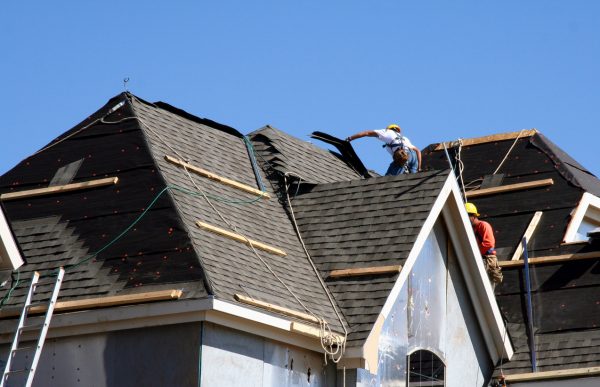
Got roof damage? That’s what homeowners insurance is for right? Yes and no. In some cases damage to your roof is covered by insurance and in some cases it isn’t. Getting insurance companies to cover claims is tricky because they will do whatever they can to avoid paying out on claims. But with the help of a roofing company that has experience filing homeowners insurance claims, you have a better chance of getting funding from the insurance company.
Whether or not your roof replacement will be covered by insurance depends on a variety of factors. If you want the best chance, here’s how to get homeowner’s insurance to pay for a new roof.
Review Your Policy
The first step is to read your homeowners insurance policy and see what is officially covered. There are typically two types of coverage: repair and replacement. Repair coverage is less expensive and easier to get a claim through. Replacement coverage is more expensive and is much more difficult to have a claim approved because the cost of a complete roof replacement is significant.
When it comes to insurance claims for roof damage, the cause of the damage is the main factor in whether or not your claim will be covered. Unpredictable situations like hail storms may be covered, but accidental damage by a person, such an unqualified roofer or a well-meaning homeowner, will most likely not be covered. Your homeowners insurance policy won’t cover normal wear and tear either. Review your policy to determine whether or not your roof damage should be covered.
Assess and Document the Damage
Adequate documentation is important when it comes to getting a claim approved by your insurance company. If you can safely inspect the damage by climbing a ladder, take photos that show the extent of the damage. Drone photos are actually one of the safest ways to get the documentation you need if you have the option, but most people don’t.
Ultimately, the best option for assessing and documenting the damage is a reliable roofing company. An experienced roofer can safely climb up to your roof to assess the damage and take photos. Don’t get up on a ladder if you don’t feel comfortable doing so. The last thing you need in this situation is to add a medical insurance claim to your list.
Another form of documentation that can be helpful to your case is a weather report. If your roof was damaged by hail, wind, or some other extreme weather, find news articles about the weather in your area with accurate dates to help prove your case.
Find a Roofing Company with Insurance Claim Experience
If you really want to know how to get homeowners insurance to pay for a new roof, you need to work with a roofing company with insurance claim experience. Find a roofing company that will assess your roof, document your claim, fill out your claim paperwork, and take any other necessary steps to ensure you get as much from your homeowners insurance as possible.
Filing your claim on your own or with an inexperienced roofer could mean your claim will be denied and you’ll be stuck paying for a complete roof replacement out of pocket. Experienced roofing experts know what insurance companies look for when it comes to accepting or denying claims.
Weatherguard Roofing Can Help You File Your Claim
Need a reliable roofing company to help you file a claim with your homeowners insurance? Weatherguard Roofing has the necessary experience to document the damage to your roof and file a convincing claim to your homeowners insurance company. We make the whole process easy to get your roof replaced with quality materials and workmanship.
Contact us today to schedule a free estimate.
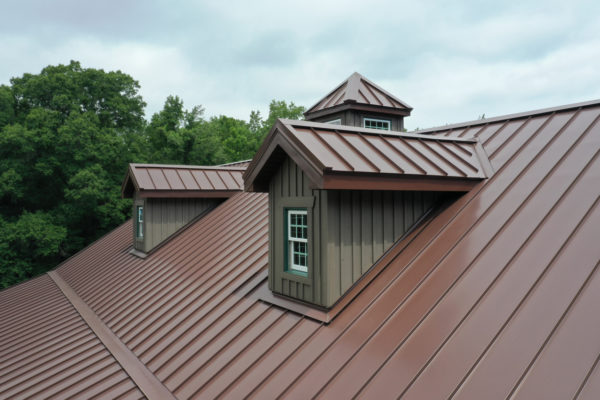
Do you need a complete roof replacement? Unfortunately it is a necessary part of owning a home or building. Over time roofs wear out and succumb to damage from the effects of the sun, wind, and precipitation. Having your roof replaced when it needs it is always better than waiting until there are leaks and water damage.
When it comes to getting a new roof, two of the most commonly used roofing materials are asphalt shingles and metal roofing. Both types have their advantages, but choosing the right roofing material depends on your specific needs.
The following categories are the key criteria to consider when choosing between shingle vs metal roofing.
Durability
In most cases metal roofing is more durable than asphalt shingles. When it comes to weather, asphalt shingles can blow off in strong winds. They are also prone to moisture damage and are susceptible to mold and mildew growth. Metal roofing can withstand high winds and repel moisture with a coating that is applied to prevent rust. However, metal is prone to denting from falling branches and large hail.
Energy Efficiency
Metal roofs are extremely energy efficient. They reflect the sun, which can reduce your cooling costs significantly. Asphalt shingles absorb the heat of the sun, which can reduce your heating costs in the winter, but may not be as much help during a hot summer. Metal roofing provides a solid, sturdy barrier to prevent heat loss from your home during the winter. Overall, on a year-round basis, metal roofs are more energy efficient.
Cost of Installation
Here’s an area where asphalt shingles have an edge over metal. Asphalt is much less costly to install than metal. This is one of the reasons asphalt shingles are more commonly used than metal panels. But it is important to take the next category, life expectancy, into consideration when you consider cost.
Life Expectancy
Asphalt shingle roofs last an average of 15-25 years depending on the quality of the shingles and installation. Metal roofs can last an average of 30-50 years and are likely to last even longer. When you pay for a metal roof, you get many more years of energy efficient performance.
Style and Aesthetics
Asphalt shingles and metal roofs offer different styles and looks for homes and buildings. Both can be customized to match the architectural style that is already in place or provide a new look. Asphalt shingles and metal roofs come in different color options. Asphalt shingles are able to mimic other types of roofing materials like cedar shakes, tile, and slate. Metal roofs used to be reserved for barns and commercial buildings, but are now more widely used on homes due to improvements in aesthetics.
Environmental Impact
Metal roofs are made of steel and other metals that are recyclable. And since they don’t have to be replaced as often, metal roofing is much more environmentally friendly. Asphalt shingles fill up landfills and need to be replaced more often, making them a less desirable option in terms of reducing waste.
Ease of Maintenance and Repair
Both metal and asphalt are relatively low maintenance. Metal roofs need to be recoated occasionally to prevent rust and leaks. A coating can be applied to asphalt shingles that may help them last longer. Metal roofs are a bit more difficult to fix if they happen to get a dent, because it requires replacement of the entire panel. Asphalt shingles can be easily replaced just a few at a time.
Not Sure Which to Choose? Ask Weatherguard Roofing
If you’re trying to decide which roofing material would be best for your home or building, ask the experts at Weatherguard Roofing. We provide both residential and commercial roofing services in Livingston, Oakland, and Wayne counties in Michigan. When it comes to comparing asphalt shingle vs metal roofing, the best option for you depends on your specific needs. We will discuss your options with you and help you make an informed decision.
Contact us at your most convenient location to schedule a free estimate. We look forward to providing you with a solid, lasting roof.
